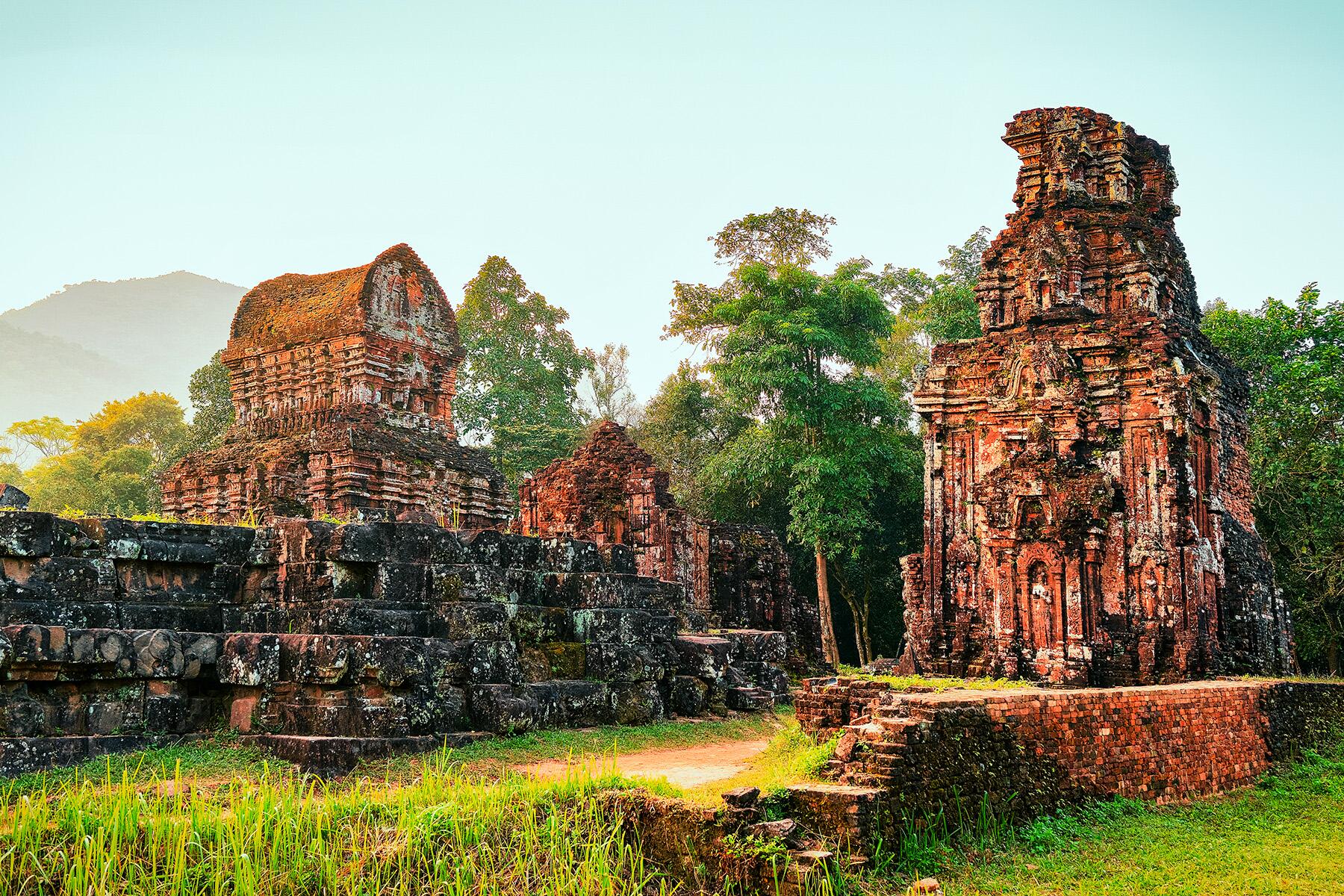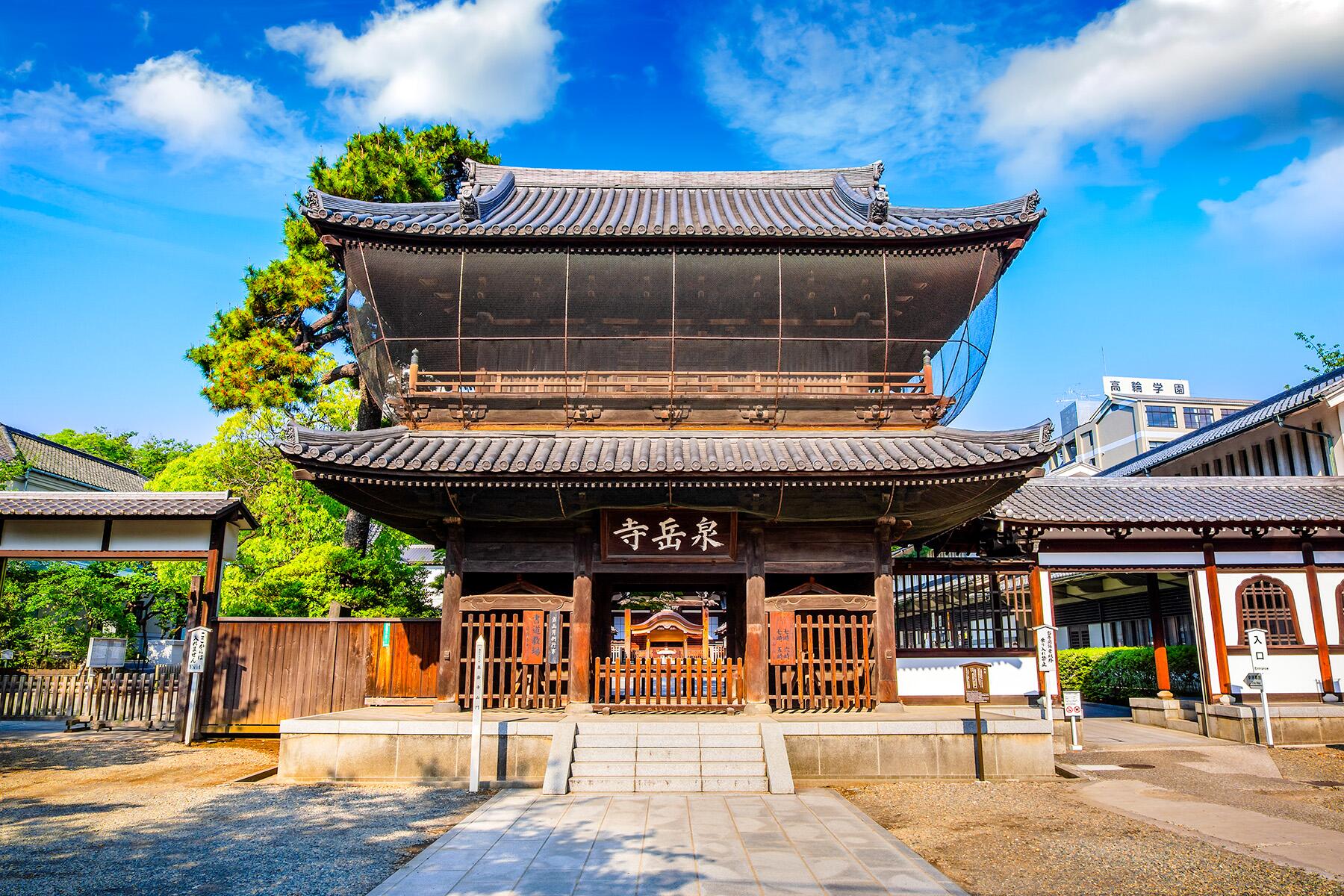- ⁄
- Travel News
- ⁄
- History
These historical sites highlight the South’s beauty and complicated history.
It has been said time and again that history is a living thing. Across the South, lush landscapes, pristine beaches, and charming main streets hold stories of America that are both beautiful and heartbreaking. When it comes to African American history, there are well-known stops, such as Congo Square in New Orleans or the Martin Luther King, Jr. Historical Site in Atlanta, but there are so many more in cities, both large and small. Here are a dozen lesser-known places to look for on your next trip to some of the South’s most beloved destinations.
Top Picks for You
Georgia’s Golden Isles
Georgia’s Golden Isles region is best known for its rustic Atlantic beaches, occupied by wild horses and giant tortoises wading through driftwood. However, there are stories around the sand. On St. Simons Island, the beautiful marsh area known as Igbo Landing was the site of one of the largest slave suicides in history. Some locals believe the place is haunted by the spirits of the enslaved people who jumped into the ocean to escape plantation life.
Sapelo Island
Near St. Simons, visitors can take a ferry to Sapelo Island, one of the nation’s oldest Gullah Geechee islands. After emancipation, the Gullah Geechee people established farming communities along the southern coast from North Carolina to Florida. Take a tour of the Hog Hammock community and learn about one of America’s oldest cultures.
Related: This Museum Tells the Stories of America’s Black Cowboys
Recommended Fodor’s Video
Slave Haven Underground Railroad Museum
The little white house at 826 North Second Street in Memphis, Tennessee, was a safehouse for enslaved people escaping to the North on the Underground Railroad, but no one knew it until 1991. Built by a German stockyard owner Jacob Burkle in the 19th century, the home has a secret cellar and attic where he hid enslaved people before taking them to their next “station.” Since 1993, Slave Haven Underground Railroad Museum executive director, Elaine Turner, has been giving tours to adults and children who want to learn more about the fight for abolition.
The National Memorial for Peace and Justice
It’s hard to leave The National Memorial for Peace and Justice in Montgomery, Alabama, the same way you walked into it. Founded in 2018 by Bryan Stevenson and the Equal Justice Initiative, the memorial pays homage to Black Americans who lost their lives to racist lynching. More than 800 steel monuments represent the victims, and their names are engraved on the columns.
Pearlie Harris Mural
Downtown Greenville, South Carolina, has no shortage of charm, from Falls Park on the Reedy to the city’s impressive restaurant scene. Adding to its delights is the mural of Pearlie Harris, who began teaching in Greenville in 1962 and was the only Black teacher at the all-white Crestone Elementary until the city schools were integrated in 1970. Painted by Australian artist Guido Van Helten, the 18,900 square foot mural on the side of Canvas Tower depicts Harris teaching children of all races. She retired from teaching after 37 years, and the breast health center at St. Francis Eastside Hospital is also named in her honor.
The Douglass Theater
The Douglass Theater was the place to see the hottest acts in vaudeville and music during the 20th century in Macon, Georgia. As one of the first Black-owned theaters in the country, it was a must-do for legends such as Little Richard, Bessie Smith, James Brown, and Ma Rainey. Even a young Otis Redding started signing there, competing in their talent shows as a teenager for the $5 prize (until after 15 straight wins when he was no longer allowed to compete). Today, the theater hosts historical tours and occasional musical and theatrical productions.
Related: A Genius of the South: The Zora Neale Hurston Museum Explores the Brilliant Writer
The Museums of Jackson, Mississippi
It’s hard to miss Mississippi’s two museums in the heart of Jackson. On one side is the state’s history museum, and on the other is the Civil Rights Museum, which chronicles the struggle for equality from slavery to the present day. Don’t miss the multimedia display of two classrooms in the section devoted to school desegregation. On a virtual chalkboard, facts and stats paint a picture of the differences between what Black children and white children experienced in the classroom. One of the museum’s most unique features is the first-hand testimonies from freedom riders who were arrested trying to register people to vote.
The Harriet Jacobs Trail
Some credit Harriet Jacobs’ 1861 book Incidents in the Life of a Slave Girl with lighting a fire for the 19th-century abolitionist movement. In the novel, Jacobs tells the story of a woman making her way from North Carolina to New York to escape sexual abuse and other horrors of slavery. In Edenton, North Carolina, the Harriet Jacobs Trail allows visitors to retrace her steps and understand the true cost of freedom.
Florida’s Beaches
Florida’s white sand beaches have been called some of the most beautiful in the world, but many of those beaches were segregated until the passage of the Civil Rights Act. Sections of the beach where people of color could swim became known as inkwells. African Americans created their own communities, including American Beach on Amelia Island and Lincolnville in St. Augustine. Tours are available of both areas.
The St. Rose de Lima Church
The St. Rose de Lima Church in New Orleans has a history of defiance in the name of social justice nearly two centuries in the making. In the mid-1800s, it was led by Rev. Claude Paschal Maistre, who defied the archdiocese and performed the funeral of Capt. Andre Cailloux, a free man of color who died in the Civil War in 1863. The church is now home to the André Cailloux Center for Performing Arts and Cultural Justice, which focuses on developing new and imaginative works by African American artists.
Little Rock Nine Statues
On September 25, 1957, nine brave African American students integrated Central High in Little Rock, Arkansas. For months, segregationists yelled and spat at the children, who were ages 14 to 16 years old at the time. In 2021, bronze statues of the Little Rock Nine were erected in front of the state capitol to honor those brave students. Around the statues, visitors can read survivors’ quotes about their experiences.
Brough Brothers Distillery
Black history is still being made every day, and brothers Bryson, Chris, and Victor Yarbrough made it happen in 2020 when they opened Brough Brothers Distillery. It’s the first Black-owned Bourbon distillery in the state of Kentucky. Book a tour and tasting of the Louisville distillery well in advance because tickets sell out often.





